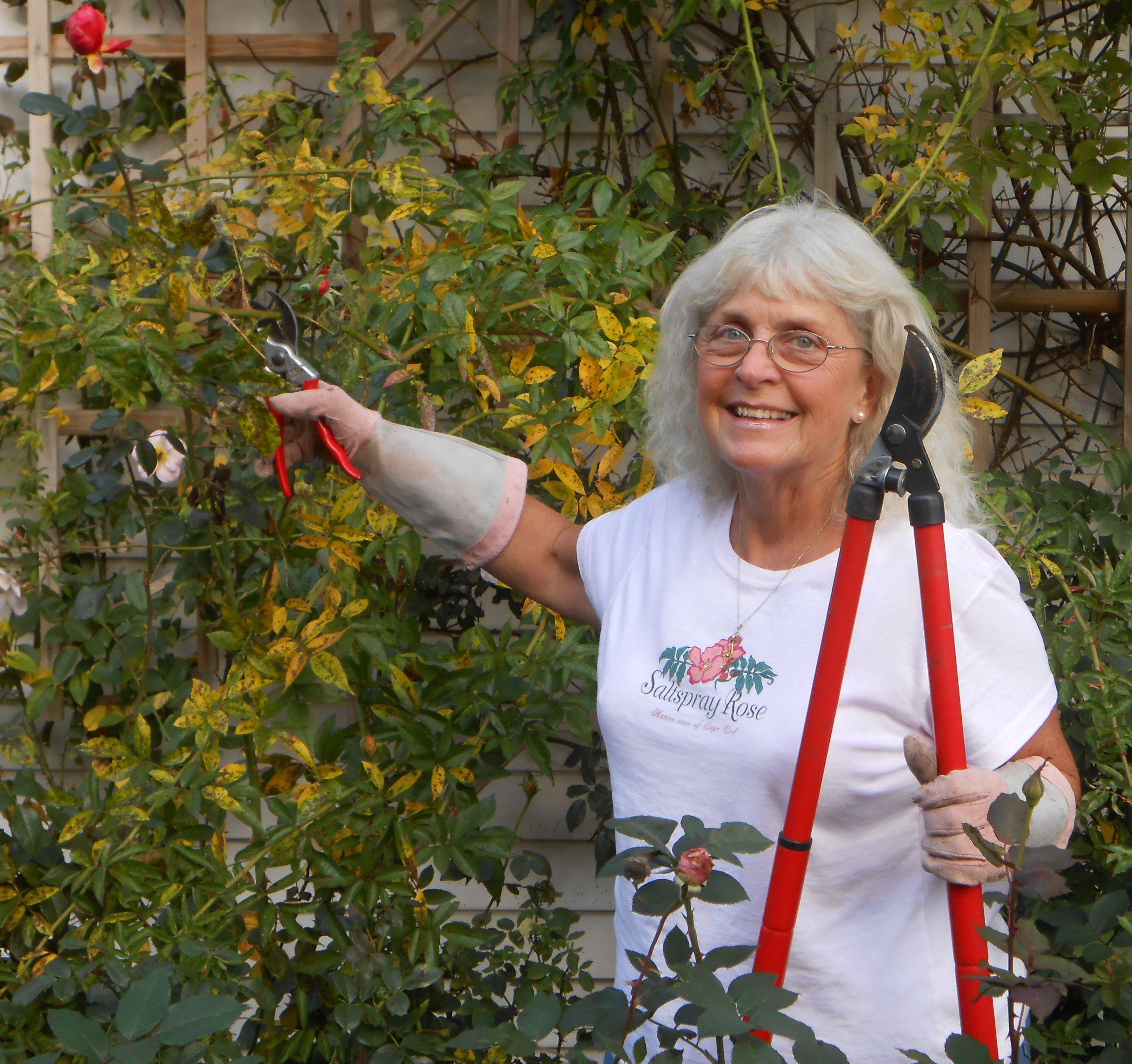Garden Tips for November
Your Yard:
In early November, there's still time to do a late fall fertilizing of the yard. There's also time to sow a cover crop in empty vegetable and annual beds to prevent soil erosion. Winter rye is a good choice.
Rake fallen leaves from lawns, particularly larger leaves such as maple, because they can smother the lawn as they become wet and matted. Run the lawn mower over raked leaves before putting them in the compost pile. Shredded leaves will break down quickly through the winter into rich, dark compost to be incorporated into garden soils in the spring. The last time you mow the lawn before winter, cut it short.
Perennials:
Once there's been a killing frost, it's time to cut back hostas and any soft tissue plants that were killed by the frost. If you haven't already, cut back your perennials and add them to your compost pile. But discard (don't compost) any diseased materials such as mildewed phlox.
Wait to mulch perennial beds until the soil temps approach 23 degrees. This usually does not occur until after Thanksgiving. Be sure to clean up all dead foliage before applying the mulch (you can be doing that now while you're waiting for that real cold to set in).
From the UConn Home & Garden Education Center: "After Thanksgiving, pile chopped leaves or other natural mulch around plants. By now the ground is frozen and rodents have found other winter homes. If mulch is put on earlier, chipmunks and mice think you put it there for them! Placing mulch on frozen ground insulates the soil, keeping it from freeze and thaw cycles. The goal is stop the plants from heaving out of the ground, not to keep the plants warm."
Roses (from Marci Martin):
"After Thanksgiving, cut your bush roses (hybrid teas, grandifloras, floribundas, and minis) to about 18-24 inches. (I call this 'gross pruning,' because there's nothing fancy about it. We will 'fine prune' in the spring when growth commences.)
"After pruning, bury your bush roses with shredded pine bark mulch, forming a mound over the plant. In extremely cold and windy areas, it's a good idea to cover the rose with a styrofoam rose cone. Just pop it on, put a big rock or brick on the top, and your rose is winterized. Rose cones are not for sheltered areas, however, because the sunlight can cause excessive heat inside the cone. Remember that we winterize our roses to keep them cold so they don't break dormancy during winter thaws. Remember also, yellow roses have a tendency to be more winter tender than others. Make sure you cover them well.
"Shrub roses need to be cut back a bit so their canes don't act like a sail in winter gales. First-year shrubs should be mounded with mulch, but in ensuing years should get by just fine with no protection. Same story for first-year climbers. Mound them up, and tie up any unruly canes. Do not prune climbers in the fall. Wrap the canes of first-year climbers with burlap for protection. After the first year, protection may not be necessary."
Trees & Shrubs:
Make sure the shrubs and trees you planted this year go into the winter well hydrated. Don't assume that recent rains have given them enough water to get through the winter.
Indoor Plants:
With shorter days, houseplants are not as vigorous as they were. Beware of over-watering or under-watering them. Don't assume your usual once-a-week watering is sufficient. With the heat on in the house, plants may need more frequent watering. But first, test the dryness of their soil with your finger. Do not let the plants sit in water, either. Move houseplants closer to windows with west- and south-facing exposures if they are dropping too many leaves.
Clean your tools:
UConn says: "Oil wood handles, clean and oil metal parts with vegetable oil. Drain hoses and nozzles, because freezing temperatures will crack them. Service mowers and blowers."
Plan Ahead:
Around Thanksgiving, when the weather is consistently colder, you'll need to use Wilt-Pruf spray on your broadleaved and needled shrubs (rhododendron, boxwood, hollies, laurel, evergreens) to protect them from drying out. Wilt-Pruf is nontoxic and organic. It forms a protective coating, holding the moisture in the foliage, and reducing water loss during stressful times (extreme cold, drying winds, etc.). And this year, because of our very dry summer, it's especially needed.

